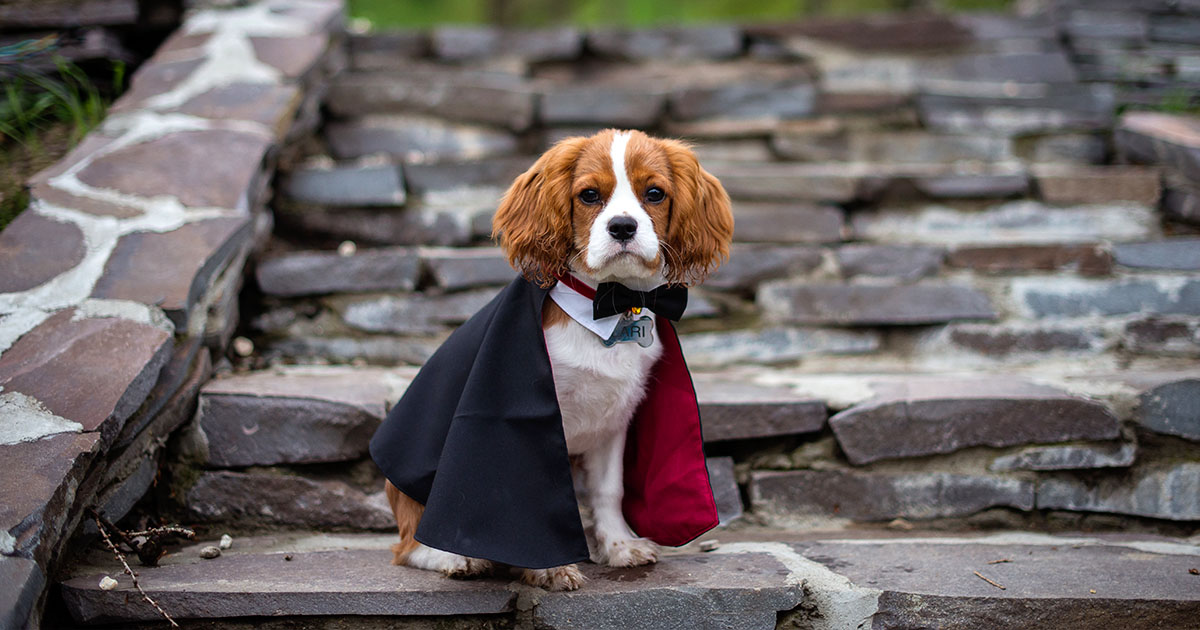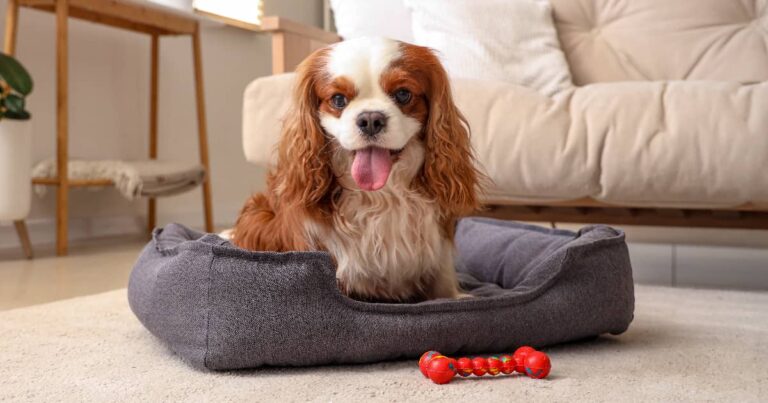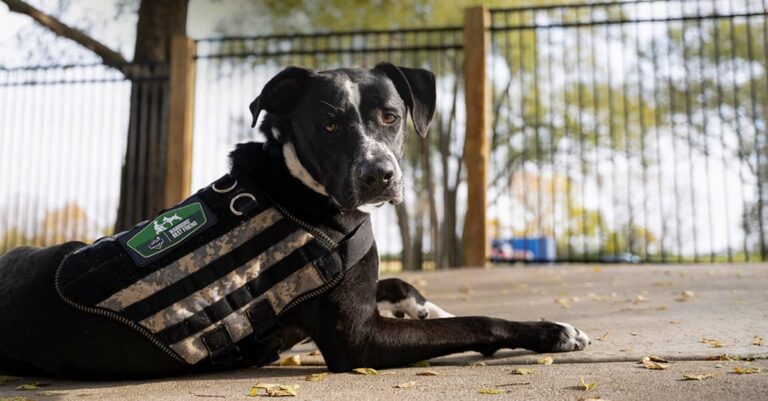Millions of American adults and kids annually celebrate Halloween frights and delights with trick-or-treating and costume parties. Their furry family members have become real party animals, too.
That’s right, Halloween costumes aren’t just for people. According to the National Retail Federation, 16 percent of consumers dress their pets in costumes. In fact, the federation’s yearly Halloween survey found that Americans plan to spend a scary amount of money on Halloween costumes and accessories for their dogs and cats. Pet costume sales hit a record $440 million in 2017, up $20 million from the previous year.
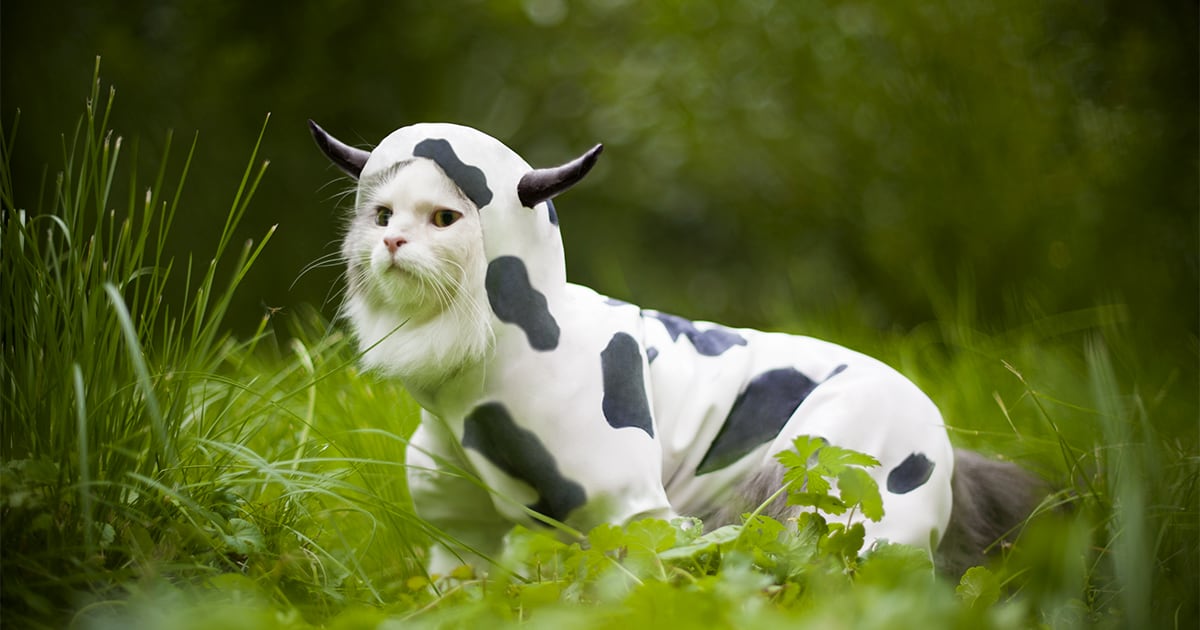
While some pet owners enjoy dressing up their dogs — and, occasionally, their cats — in what are undoubtedly adorable costumes, many don’t realize their pets find the attire uncomfortable. If you want to include your canine companion in this year’s Halloween festivities, here are some pointers to keep in mind when choosing a costume to keep him or her safe — and avoid a potential trip to the emergency veterinary hospital.
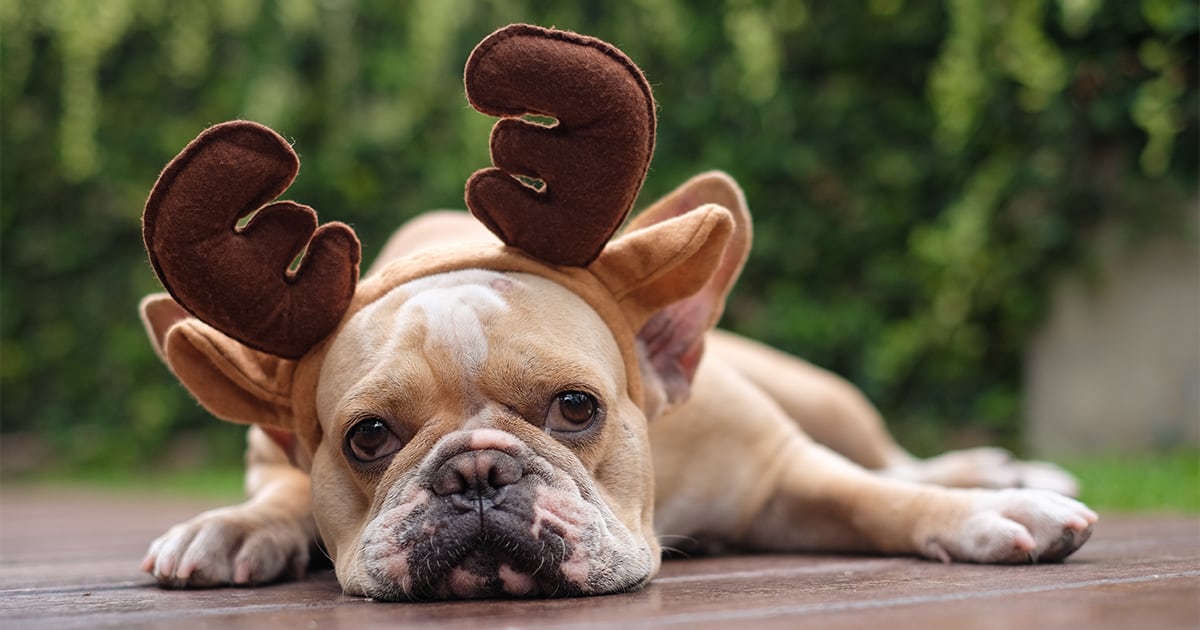
Consider costumes carefully for safety reasons
- Make sure your pet’s costume fits properly and is comfortable. Like us, dogs don’t enjoy wearing clothing that’s too tight or too loose. A costume should allow your pup to move naturally, breathe normally and open his or her mouth. Too-loose costumes may trip your pet, get caught on furniture or in closing doors, or allow them to get it off.
- Avoid loose fabric pieces and small dangling embellishments like bells as part of the costume. These can be annoying, and your dog may be tempted to chew off and possibly swallow such things, which may cause an upset stomach or an obstruction.
- Choose only those headpieces that allow unobstructed vision, hearing and breathing. A sudden loss of vision or an inability to breathe normally often causes distress in pets. There’s nothing safe or fun about an inability to see, hear or breathe, and masquerading in a Halloween costume is supposed to be fun, right?
- Have your dog try on and become accustomed to his or her Halloween costume before the big night. If he or she seems distressed or shows any abnormal behaviors — such as the whites of the eyes showing more than usual, ears pinned low, tail tucked or cowering — remove the costume immediately and try a festive bandana or collar instead. In some cases, your dog may tolerate being dressed up long enough for you to take a quick photo, then remove the costume. Of course your dog is already adorable, so you can always let them celebrate Halloween in his or her “birthday suit.”
- If your dog likes wearing a costume, be sure to supervise him or her while in one. Supervision can avoid accidents, injuries and, potentially, overheating.
- Add reflective material or some other type of self-illuminating device to your pet’s costume. This is particularly important if your dog will join in the trick-or-treating jaunt around the neighborhood. You want your pet visible to passing cars to help reduce the risk of an accident.
A costume is an essential part of any Halloween plans. By using a little extra care when choosing one for your pet, you and your family — including your four-legged family member — can enjoy the festivities.
RELATED POST: Trick? Or Treat? Why Pets Shouldn’t Eat Chocolate

